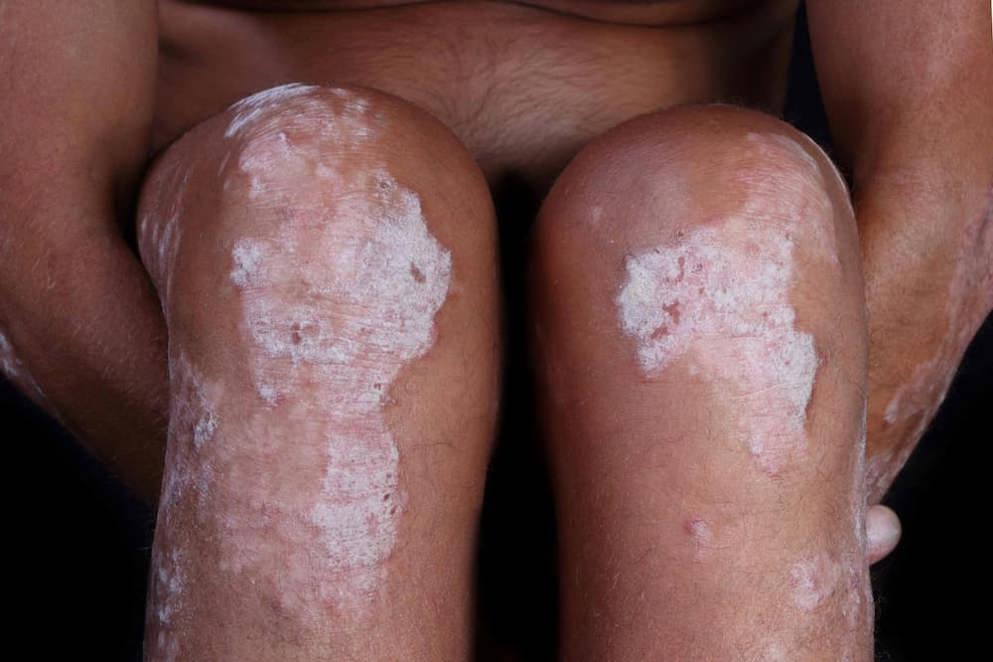Update on LIBERATE study of Otezla (apremilast) as a treatment for severe plaque psoriasis- Celgene
Celgene announced that results from its ongoing phase III LIBERATE trial evaluating Otezla (apremilast), an oral selective inhibitor of phosphodiesterase 4 (PDE4) in patients with moderate to severe plaque psoriasis were presented as a late-breaker at the 24th European Academy of Dermatology and Venereology (EADV) Congress 2015 in Copenhagen. The LIBERATE study evaluated the clinical efficacy and safety of either oral apremilast 30 mg twice daily or weekly subcutaneous (SC) etanercept (Enbrel) 50 mg compared with placebo at week 16 in 250 patients who had no prior exposure to a biological therapy. It also examined the relative safety of a switch from etanercept to apremilast after week 16 during an open label extension phase. LIBERATE was not designed or powered to directly compare apremilast to etanercept.
At week 16, 40% (33/83) of patients receiving apremilast 30 mg twice daily demonstrated statistically significant and clinically meaningful improvements compared with 12% (10/84) of patients on placebo in the primary endpoint, Psoriasis Area and Severity Index (PASI) 75 response (P<0.0001), a reduction of 75% from the patients' baseline PASI score. Statistical significance was also achieved for patients receiving weekly injections of etanercept 50 mg compared with placebo [48% (n=40/83) vs. 12% (n=10/84), respectively, P<0.0001]. New findings presented at EADV showed that 51% (42/83) of patients randomized to apremilast at baseline and 55% of patients who switched from etanercept to apremilast at week 15 (46/83) achieved PASI 75 at week 52. Based on an exploratory analysis, apremilast also improved pruritus (itching), one of the most common and bothersome symptoms of psoriasis, as measured by a visual analog scale (0 mm=no itch at all; 100 mm=worst itch imaginable). Significantly greater improvements in itching scores were seen at week 16 for patients treated with apremilast 30 mg twice daily (decrease of 38 mm; 95% confidence interval [CI]: -45 to -31 mm) compared with placebo (decrease of 26 mm; CI: -34 to -19 mm). Improvement in pruritus was observed as early as week 2 in patients receiving apremilast. Lower itching scores were also observed in patients who received weekly injections of etanercept 50 mg from baseline to week 16. Improvements in itching were maintained from week 16 to week 52 (decrease of 36 mm) in patients who received apremilast from baseline and in patients who switched from etanercept to apremilast at week 16 (decrease of 35 mm). Treatment with apremilast 30 mg twice daily also significantly improved disease-related quality of life (a secondary endpoint) at week 16 compared with placebo. Apremilast showed a mean improvement from baseline in total Dermatology Life Quality Index (DLQI) score (decrease of 8.7; CI: -10.5 to -6.9) vs. placebo (decrease of 4.9; CI: -6.1 to -3.7) at week 16. A decrease in total DLQI scores was also observed for patients who received weekly injections of etanercept 50 mg from baseline to week 16. Total DLQI scores were maintained from week 16 to week 52 in patients who received apremilast from baseline (decrease of 8.9; CI: -10.8 to -7.0) and in patients who switched from etanercept to apremilast at week 16 (decrease of 8.0; CI: -9.7 to -6.4).
The safety and tolerability data for apremilast observed in the LIBERATE study were generally consistent with previously reported data from six other phase III studies of apremilast in psoriasis or psoriatic arthritis; no new safety signals were observed. The LIBERATE study is ongoing.

